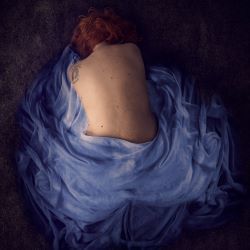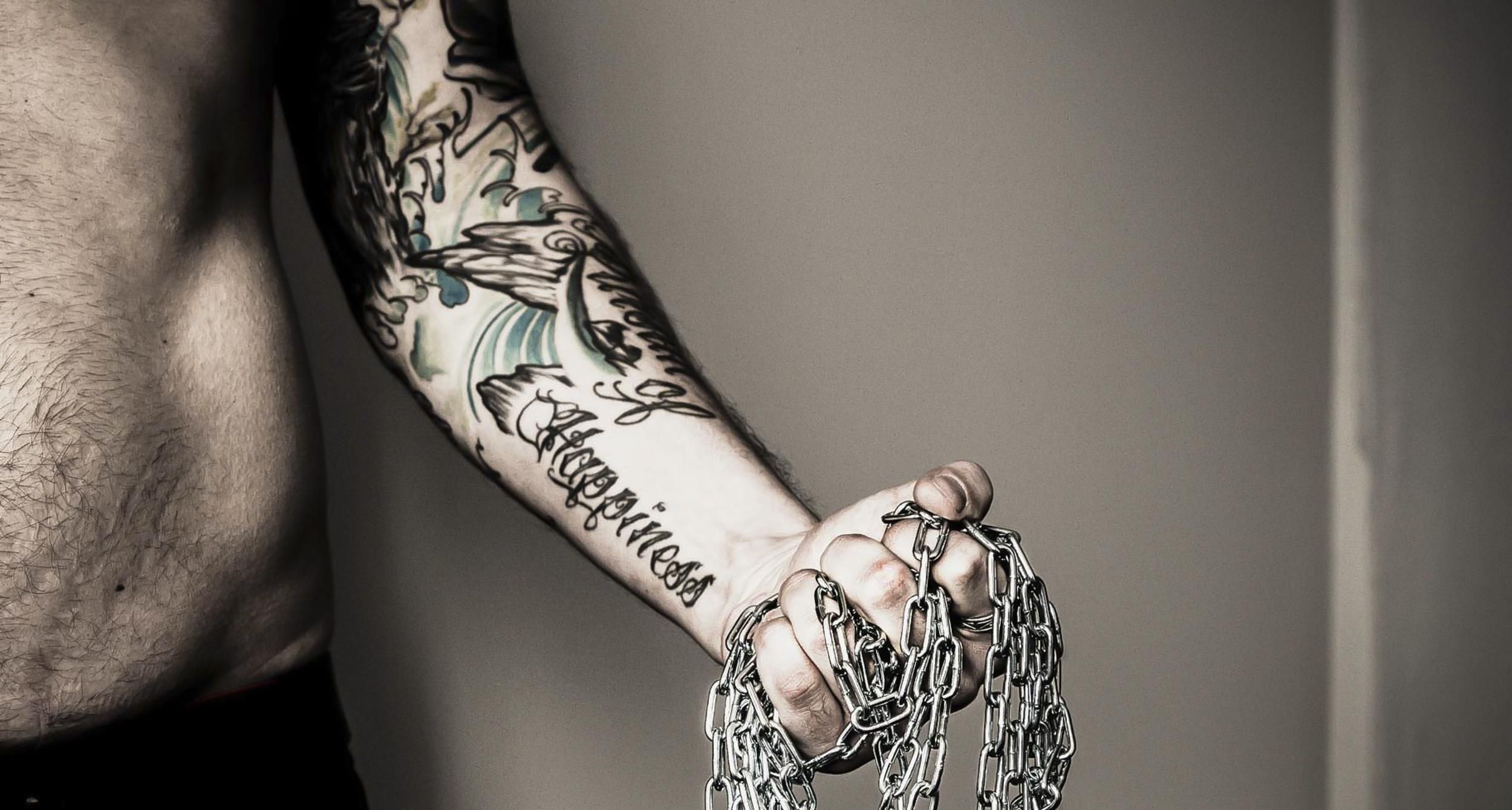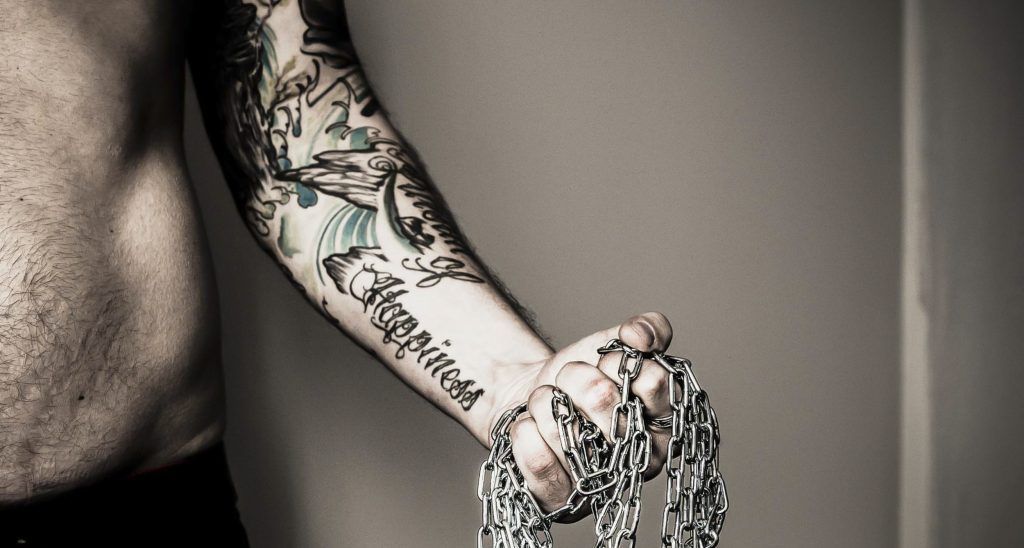My modelling career started as a life model for local art schools. Not everyone has the patience to sit still and pose (two quite different skills). Nor does everyone feel comfortable doing it naked, which is a requirement for life-drawing classes.
Fortunately art schools are aware of that, and pay a reasonable amount to encourage people to model for them.
However (and I cannot stress this enough), modelling is HARD WORK and it can be extremely physical. If you do not believe me, pick a standing pose and stand there and hold it, without moving more than breathing. I bet that after the first few minutes you start to feel uncomfortable, or bored, and you will start to fidget. Or you will simply find it physically strenuous to hold that pose.
Most people think being a model is quite easy; after all, you are just standing or sitting there!
So for other people wondering what it might be like to be a model, or for photographers looking at working with a model, I have some thoughts for your consideration.
Key Lesson: As a photographer, be considerate of your model. Their job is not an easy one.
Recommended Reading: If you’d like to learn how to create amazing portraits, grab a copy of Photzy’s premium guide: The Art of Portrait Photography.
Environment
Most of the formal modelling that I have done has been inside. However, it has often been in large classroom-type environments that have a lot of windows (for good light) and not a lot of insulation.
Almost all of my modelling has been as a nude life model, and many studios have heaters on to warm the room, but then they will turn them OFF.
This is because the students get hot. But if you are nude, in a large, not well-insulated room, and it’s cold outside, and there is no heat, I tend to get very cold after about an hour.
Many fashion shoots are done outside, often on beaches, where it can be very hot and windy, which can be very dehydrating.
Studio environments can have very hot studio lights as well. Plus, being in front of a bright flash or strobe can be visually very tiring.
Modelling is HARD WORK and it can be extremely physical.
So please be aware of the environment and the fact that your model may be standing there in little or no clothing while holding a pose that is physically demanding. Everyone else may be moving around, generating energy to keep warm, or able to stay in the shade if it’s hot; however, the model is exposed.
Your model is at the mercy of the elements. Keep that in mind and have a place where they can get protection from the environment.
PLAY MUSIC!!! Let the model bring along some music that they enjoy and have that there to give them a familiar, happy sound to help them relax and get into the vibe.
Key Lesson: Make sure the environment allows your model to be as comfortable and supportive as possible.
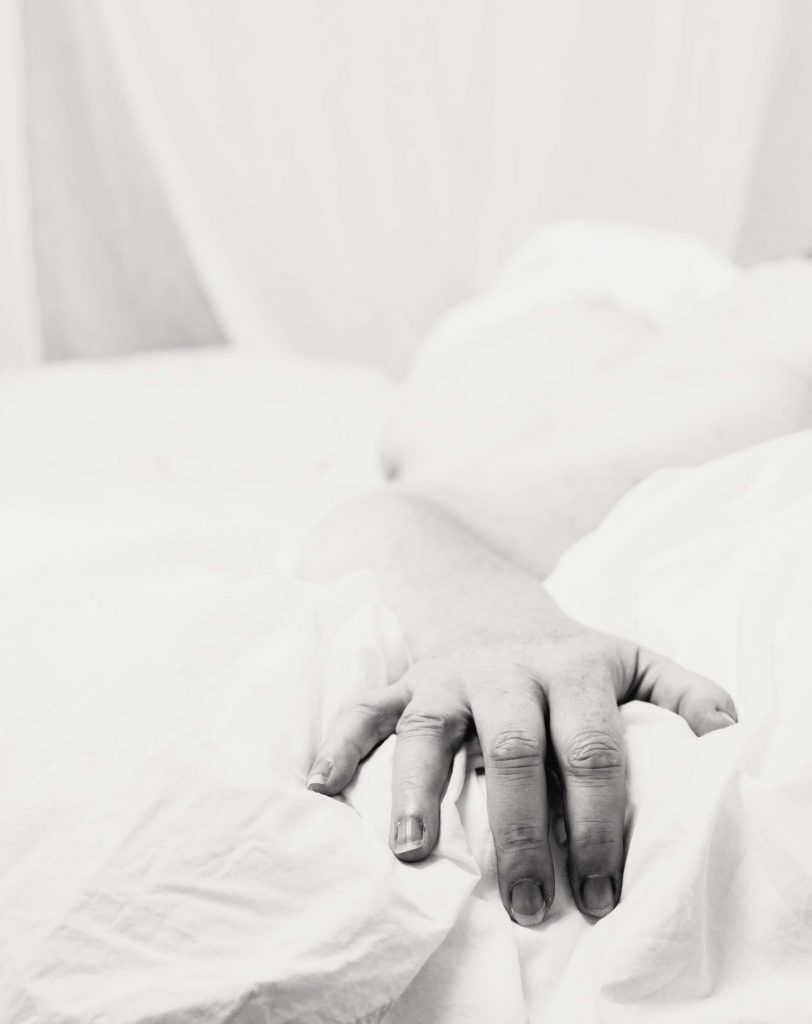
Photograph by Stacey Hill
Posing
- How long is the session going to be?
- Will the model be standing/sitting/reclining or in an action pose?
- How many poses are required?
- What variety of poses are required?
- What is the situation they will be posing in? What environmental considerations are there?
One of the things that I found quite frustrating when starting out as an art school model is that no one teaches you what they want. While they explain it to the students, you have to listen closely, because that is all the instruction you will get.
In another school that I worked for, the tutor treated me like a piece of meat. He positioned me in really complicated, uncomfortable poses, with no discussion allowed, and it was so very unpleasant that I opted not to work for him anymore.
If I am modelling for you, I want to do a good job. The best way to achieve that is for you to communicate the situation and requirements to me in advance. The VERY best way is for you to discuss your vision and desired outcomes with your model.
Key Lesson: Treat the model as a partner in your creative endeavor.
Take the time to explain what you want and why. If your model is experienced, they may have other insights or ideas that they can share. They might also have some physical challenges or limitations that need to be considered as well.
Key Lesson: Talk to your model. Find out if there are any physical limitations.
My best modelling session was one that I paid for with two portrait photographers.
I came along with some props and some ideas, and what was originally scheduled to be a one-hour shoot went on for over two hours. This was because the photographers were having so much fun, we were discussing ideas on the fly, changing it up, and going in many different directions.
It was a really fun collaboration, I got some wonderful images that never would have happened, and they got a rare opportunity to freely play creatively with someone willing to adapt and experiment.
We both had input into the creative process and tried things for the sake of them; some worked and some didn’t.
With another photographer that I worked with, he let me add ideas and concepts. His style was very minimal, using quite abstract shapes light in sculptural ways. He was open to me suggesting other poses or expanding on ones that he had asked for, and we both enjoyed the creative interaction.
Key Lesson: If you take the time to discuss posing with your model, you will get much better results.
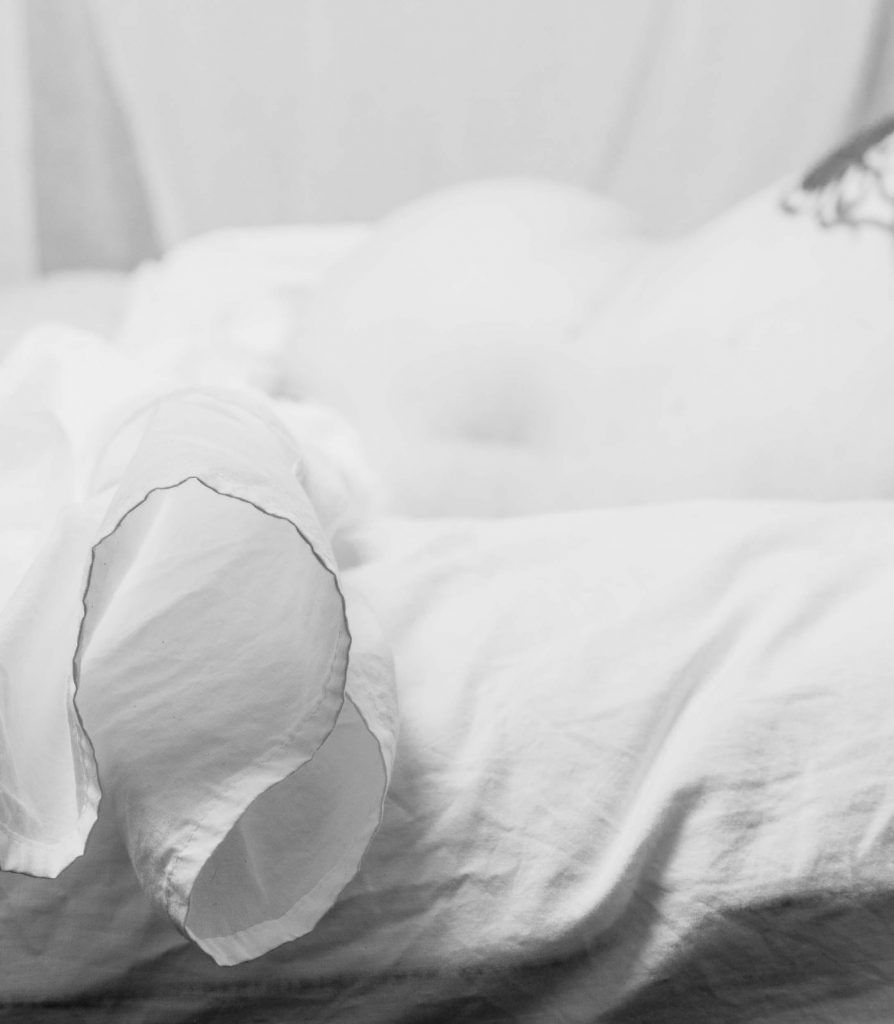
Photograph by Stacey Hill
Breaks
When you are shooting and it’s going well, it’s easy to get in the ‘zone’ and lose track of time.
Be kind to your model and ask them what a comfortable shooting time is (i.e. how long until they need a break), and then set a timer on your phone as a reminder.
Make sure that it is sufficiently long enough to give them a rest and to make sure that they are comfortable. It is an excellent idea to have drinks, snacks, cool/warm clothes, somewhere to sit down away in private, and toilet facilities.
Be kind to your model and ask them what a comfortable shooting time is (i.e. how long until they need a break), and then set a timer on your phone as a reminder.
Your model is a human being, and he/she will be much happier doing what they are doing if they are given a little bit of TLC. Build this into your shooting schedule and everyone will be much happier. If a model is tired, cold, or hungry, or just plain fed up from standing in five-inch stiletto heels for two hours, you will not get their best work. The way the model is feeling will come across in the final images.
It is in your best interests to pamper your model, make sure they are comfortable, and that all of their essential needs are taken care of.
Key Lesson: Your model needs breaks, and you should build them into your shooting schedule. Provide for their needs, including food, water, proper temperature, a private area, and bathroom facilities.
Biological Functions
Your model is a human being, and that can provide for some awkward or embarrassing moments as it relates to biology.
This could involve coughing, sneezing, allergic responses, farts, hiccups, and so on.
If your model is of the male persuasion, there are certain ‘other’ involuntary responses that may occur.
Keep this in mind and be professional. Be kind! Don’t embarrass your model any further than they already are. If need be, clear the set and give them time and privacy to regain their composure.
Key Lesson: We are all human. Please be aware, kind, and courteous to your model(s).
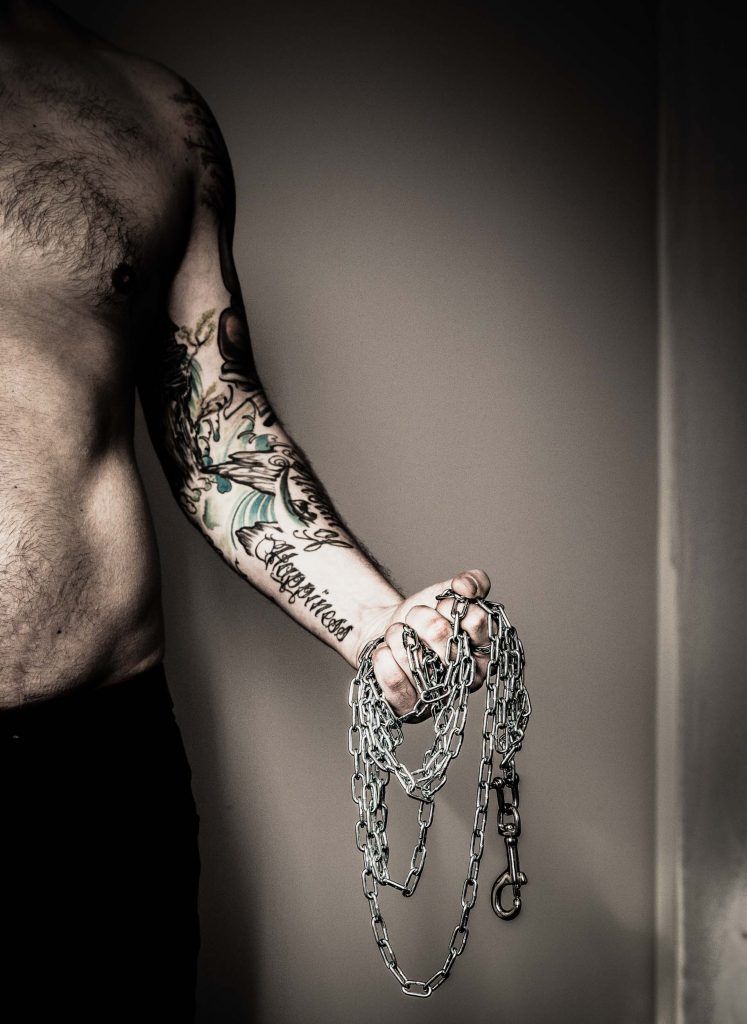
Photograph by Stacey Hill
Safety and Privacy
If you are working with a model for the first time, invite them to bring a friend/chaperone. Many models are young girls who may not be comfortable being alone with a photographer that they do not know.
Make sure they know the address of where the shoot is to take place in advance, and provide clear instructions. If they are required to have costume changes, make sure that there is an area of privacy for them to do so.
If the shoot is going to be outside, then all of these issues must also be taken into consideration, plus the weather as well.
Are you asking a model to wear a bathing suit and stand outside on a freezing cold day while pretending that it’s summer?
Will they be outside, where other people can observe them and take shots with their phones?
Are they going to be asked to perform tasks or poses that they find physically difficult/painful to do?
Let them know that feedback is welcome, and that poses can be adjusted or changed. Make it a safe and fun environment.
If there are going to be photo assistants, or hair and makeup people at the shoot, introduce the model to all of them at the very beginning.
Let them know that feedback is welcome, and that poses can be adjusted or changed. Make it a safe and fun environment.
For a new model, explain what the different people will be doing and make sure they know who might be working with them personally (hair/makeup/costume etc.) so they can be comfortable being approached by these people.
Do not touch the model without asking, and not unless they have consented!
Ask permission to touch the model and be specific. Say, “I would like to move your hair off your shoulder. Can I do that, please?”
Key Lesson: Do not touch the model unless they have consented.
Key Lesson: Discuss the level of expected nudity with your model before the shoot day!
Be aware that a younger/inexperienced model may not be comfortable telling you what they do or don’t want to happen. Watch their body language and have a quiet word with them if necessary.
Keep the language professional. Don’t make crude jokes.
Be aware of their limits and experience, and do not push beyond that.
If you decide halfway through the shoot that you want them to remove more clothes than you had originally planned, and they are not comfortable doing that, then either cancel the shoot or carry on with the original plan.
Key Lesson: Do not expect your model to remove any clothing that was not agreed to beforehand.
As previously noted, if your model is not 100% happy and engaged, then this will come through in the images that you get.
Key Lesson: The safety and security of your model is your responsibility as
the photographer.
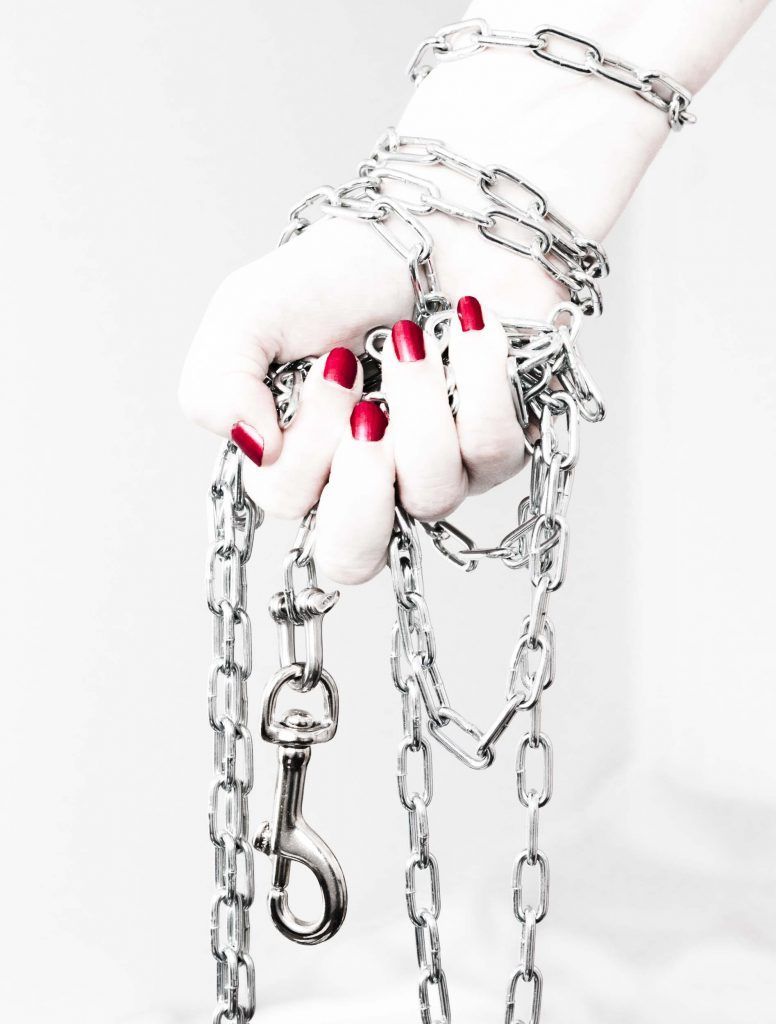
Photograph by Stacey Hill
Communication
A model has to translate what are often pretty vague instructions and then channel that into your vision. It’s going to make it a lot easier to create the desired outcome if you communicate clearly.
You need to keep communicating to the model throughout the shoot, and encourage them as the shoot progresses.
Positive feedback reinforces the engagement between you and the model.
If you keep talking to them, they will be relaxed, because then they are not guessing as to what is going on behind the camera.
Check your tone. Are you barking orders? Are you coming across as approachable and open? Are the people around you relaxed and having fun?
Key Lesson: Check the tone of your voice and your mannerisms when working with a model. A pleasant atmosphere relaxes a model. Barking orders creates anxiety.
Use instructions that make sense to the model, and make sure that the instructions are specific. You have to use your words in a meaningful way, but not in a technical manner, as they may not understand it.
CONSIDER:
“Stand side on to the camera and turn your head toward the camera, with your hands on your hips, but swivel from the waist and keep the shoulders straight. Turn toward the camera and smile.”
With:
“Stand side on to the camera. Take the arm that’s closest to the camera, and put that hand on your hip. Keep the wrist straight. Don’t bend it down too much. Good, yes, I like that.
“Alright, keep your feet still, and now turn your shoulders gently away from the camera. Yes, a bit more. Good, hold it right there.
“OK. Put the other arm behind you, along the line of your body. I want to hide it from the camera in this pose.
“The shoulder that’s closest to the camera, drop it down a bit. Don’t bend over in the middle too much, just tilt it down. Good! OK, look at me and SMILE.”
Key Lesson: Clear communication is necessary. You need to talk your model through the required poses and adjustments. Be clear and concise. Keep your tone friendly. Don’t bark at them if they don’t get it right on the first attempt.
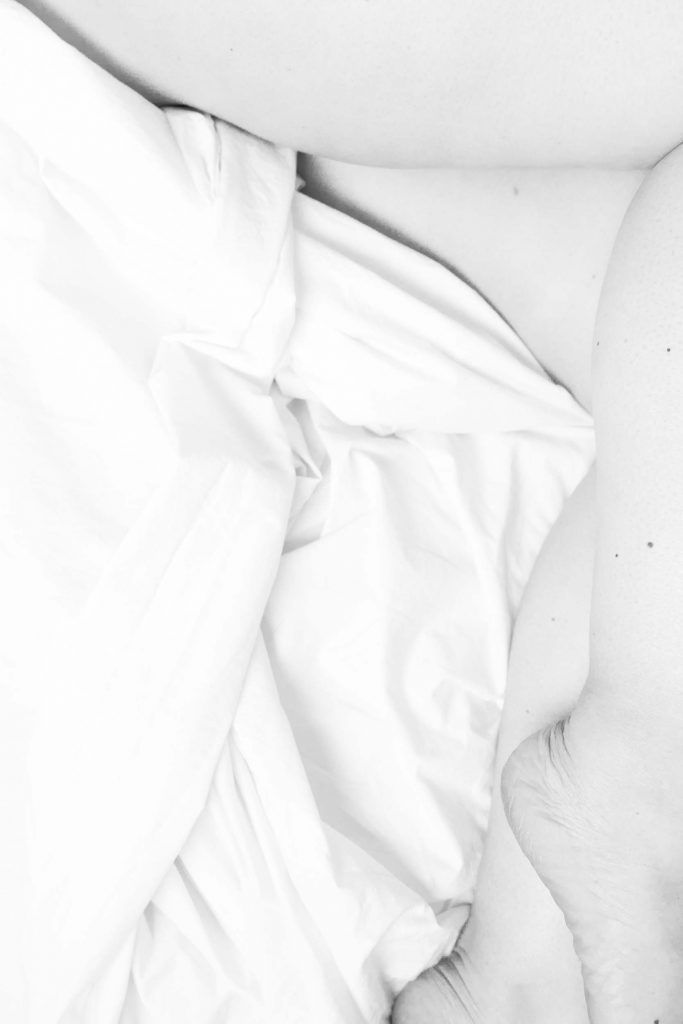
Photograph by Stacey Hill
Payment
If you are paying in cash, pay your model at the end of the session. If the session is a formally contracted arrangement, then you will pay them through the agency or service that you used to access them.
Quite a few photographers offer what is known as a “TFP” or a Trade for Prints arrangement. This is where they shoot the model for free, but give them copies of the final work as a form of payment.
Honestly, if I was a new model working with an inexperienced photographer, I would be cautious of this approach. You could give away your time for free and not necessarily get great shots at the end of it.
If you are a model looking for startup shots, check the resume of the photographer that you are going to work with first.
If they don’t have any portrait shots to show, then perhaps consider your options. Mind you, it could also be a very low-key learning experience as well, so there are potential benefits.
Key Lesson: Pay your model promptly, and that includes turning around any TFP images quickly. Don’t keep them waiting for weeks or months. Remember, your reputation as a photographer will travel quickly through the modelling community. You don’t want a bad mark. No one will work with you.
Recommended Reading: If you’d like to learn how to create amazing portraits, grab a copy of Photzy’s premium guide: The Art of Portrait Photography.
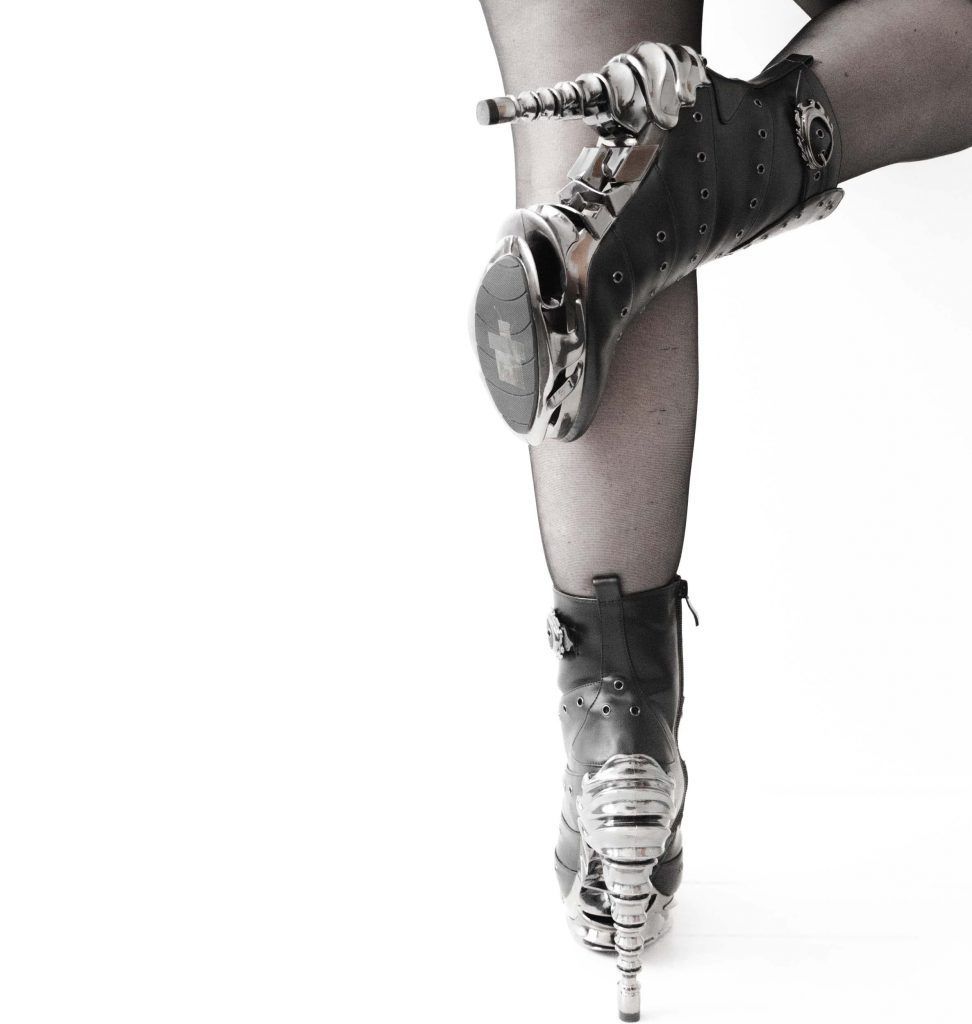
Photograph by Stacey Hill
Conclusion
I have really enjoyed being a model. It is a really interesting experience. Having people paint, draw, sculpt, or photograph you is fun, and they all see you in an entirely different way.
Some of my modelling has not always been the best experience, and I have chosen not to continue with those jobs.
Occasionally I have taken a chaperone along when meeting with a new photographer for the first time. I’m cautious of my personal safety.
If nothing else, modelling gives me great stories to tell people. Those same people are always astonished to hear that you can earn quite a bit of good money as a nude art model (and probably even more as a fashion model).
Modelling has taught me a lot about posture, breathing, using my body well, and how to stand or sit very still while being engaged with the pose.
This means that when I photograph a model, I can describe what it feels like in a way that they can relate to. I understand how uncomfortable posing can be. Therefore, I can communicate very clearly and empathize with their experience. This knowledge helps them relax and have fun. You should try it!
- Can anyone be a model
- Is it hard to be a model?
- Do you have to strip off or do lingerie or bathing suit shots?
- Can I bring a friend?

